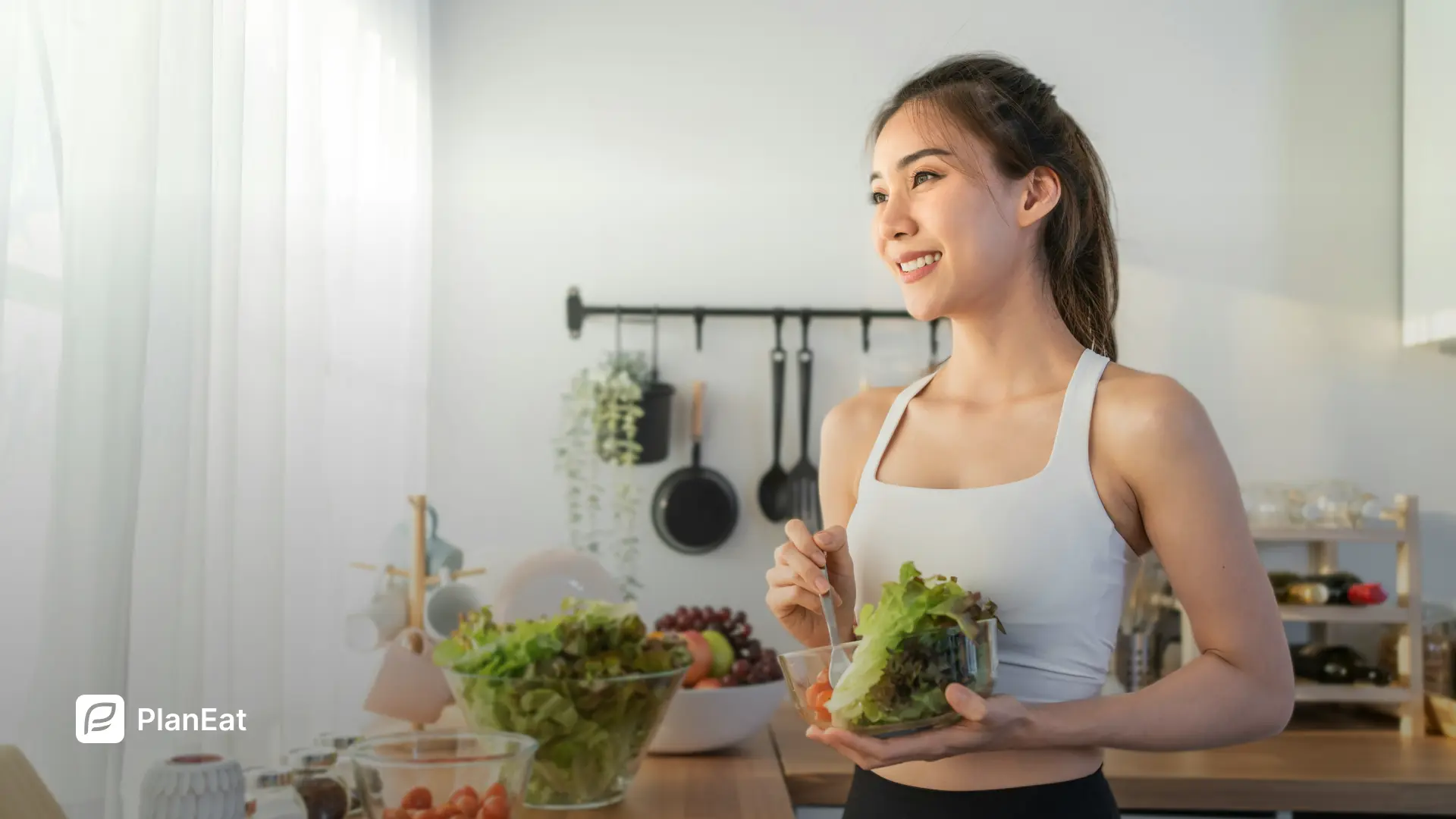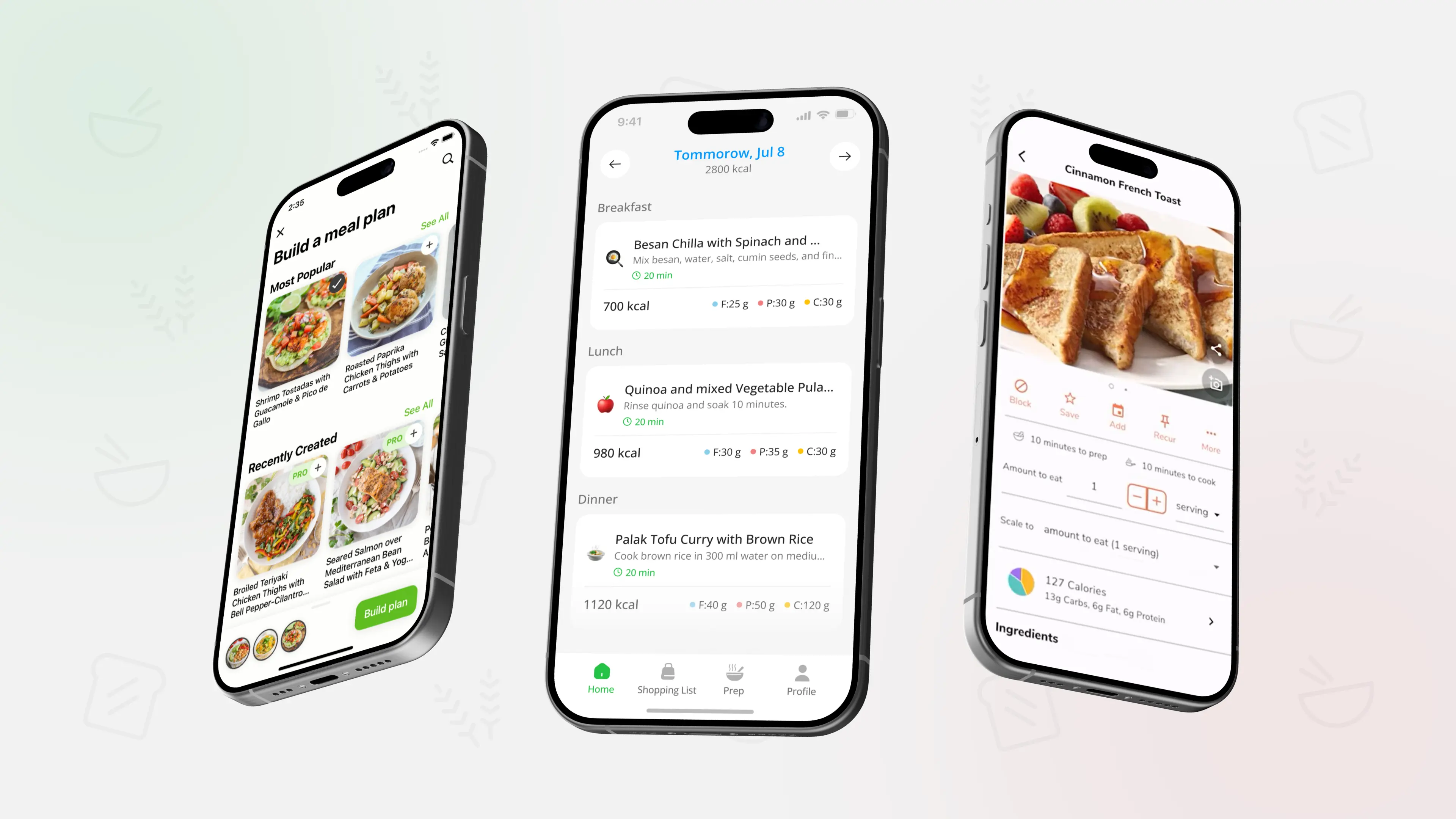7-Day High-Protein Meal Plan (With Shopping List)
.webp)
TL;DR: A high-protein week does not require a complicated diet or exact macro tracking. If you aim for protein at most meals, keep a simple balanced plate, and connect your menu to a structured shopping list, you can eat more filling meals without spending all day in the kitchen.
What a high-protein weekly meal plan actually looks like
A high-protein meal plan is not only for athletes. For many people, a bit more protein at each meal can help with satiety, stable energy, and maintaining muscle, especially when combined with movement and enough sleep.
In practice, a realistic high-protein week usually means:
- Including a clear protein source at every main meal and most snacks.
- Keeping plenty of fiber from vegetables, fruits, and whole grains.
- Using healthy fats in moderate portions instead of avoiding them entirely.
You do not need to weigh every ingredient. It is often enough to make sure each meal has a palm or two of protein, a generous portion of vegetables, and a sensible serving of smart carbohydrates. If you want a quick refresher on how to build that kind of plate, start with Healthy Eating Basics: Build a Balanced Plate and then layer a higher protein focus on top.
Simple principles for a 7-day high-protein plan
Before you look at the example menu, it helps to understand the pattern behind it.
Protein at most meals
- Aim for a protein source at breakfast, lunch, dinner, and at least one snack on most days.
- Use a mix of animal and plant proteins if that fits your diet, such as eggs, yogurt, chicken, fish, tofu, lentils, and beans.
Repeat breakfast and lunch patterns
- Repeating 2 to 3 breakfast options and 2 to 3 lunch templates keeps planning and shopping easier.
- Save most variety for dinners so you do not have to think about every meal from scratch.
Use portions, not perfection
- You can use hand-based portions to keep things simple: roughly a palm or two of protein, a cupped hand of smart carbohydrates, and plenty of vegetables.
- If you prefer more detail on using your hands and plate instead of a scale, you can combine this plan with ideas from Portion Control Made Easy (No Scale Needed).
If you prefer to skip the manual planning but still want a high-protein focus, you can use PlanEat AI to generate a weekly meal plan based on your goals, dislikes, and cooking time. It builds simple high-protein meals with basic calories and macros plus a grouped grocery list so you can review everything once and then cook.
7-day high-protein meal plan (example)
This example assumes you eat three main meals and one snack most days. You can adjust portions, swap ingredients, or remove items based on your hunger, preferences, and schedule.
Day 1
- Breakfast: Greek yogurt with mixed berries and a spoon of peanut butter, plus a sprinkle of oats.
- Lunch: Grilled chicken salad with mixed greens, cherry tomatoes, cucumber, a small handful of chickpeas, and olive oil dressing.
- Snack: Cottage cheese with sliced peach or apple.
- Dinner: Baked salmon with roasted broccoli and a side of quinoa.
Day 2
- Breakfast: Scrambled eggs with spinach and mushrooms, plus a slice of whole grain toast.
- Lunch: Turkey and hummus wrap on a whole grain tortilla with lettuce and shredded carrots.
- Snack: A small handful of nuts and a piece of fruit.
- Dinner: Tofu stir fry with mixed vegetables over brown rice.
Day 3
- Breakfast: Overnight oats made with milk or a milk alternative, chia seeds, and protein-rich yogurt stirred in, topped with sliced banana.
- Lunch: Lentil and vegetable soup with a slice of whole grain bread.
- Snack: Hard boiled eggs and carrot sticks.
- Dinner: Grilled chicken thighs, roasted sweet potatoes, and a side salad.
Day 4
- Breakfast: Cottage cheese bowl with pineapple, pumpkin seeds, and a drizzle of honey if desired.
- Lunch: Tuna and white bean salad with celery, red onion, lemon, and olive oil, served over mixed greens.
- Snack: Greek yogurt with a few nuts.
- Dinner: Beef or turkey chili with beans, served with a side of steamed green beans.
Day 5
- Breakfast: Vegetable omelette with peppers, onions, and cheese, plus half an avocado.
- Lunch: Quinoa and black bean bowl with corn, tomatoes, and a spoon of salsa.
- Snack: Protein-rich smoothie with milk or milk alternative, frozen berries, and a spoon of peanut butter.
- Dinner: Baked white fish with lemon, roasted Brussels sprouts, and brown rice.
Day 6
- Breakfast: Whole grain toast topped with mashed avocado and a poached egg, plus cherry tomatoes on the side.
- Lunch: Chicken or tofu grain bowl with farro or rice, roasted vegetables, and a spoon of yogurt-based sauce.
- Snack: A small handful of roasted chickpeas or a cheese stick.
- Dinner: Turkey meatballs in tomato sauce over whole grain pasta with a side salad.
Day 7
- Breakfast: Greek yogurt parfait with granola, sliced strawberries, and chia seeds.
- Lunch: Leftover chili or lentil soup with extra vegetables added if needed.
- Snack: Cottage cheese with cucumber slices and a pinch of salt and pepper.
- Dinner: Stir fry using leftover proteins and vegetables over a small portion of rice or noodles.
You can move days around or repeat favorites. The main idea is to keep a clear protein source at each meal while still eating plenty of vegetables and fiber.
If you like this structure but want more variety week to week, you can save a high-protein pattern inside PlanEat AI and let the app rotate specific recipes around the same protein plus fiber framework. That way your grocery list stays familiar while flavors and proteins change.
Shopping list for this 7-day high-protein plan
Here is a sample shopping list grouped by store sections. Exact amounts depend on how many people you cook for and how large your portions are.
Produce
- Leafy greens and salad mix.
- Broccoli, Brussels sprouts, green beans.
- Bell peppers, carrots, celery, onions, mushrooms.
- Sweet potatoes and regular potatoes.
- Tomatoes, cucumbers, avocado.
- Bananas, apples, berries, pineapple, lemons.
Dairy and eggs
- Greek yogurt and cottage cheese.
- Milk or milk alternative.
- Eggs.
- Cheese for omelettes, salads, and toppings.
Pantry
- Oats and granola.
- Brown rice, quinoa, farro, or similar grains.
- Whole grain pasta and tortillas.
- Lentils, canned beans such as black beans and chickpeas.
- Canned tomatoes.
- Olive oil and other cooking oils.
- Nuts, seeds, and nut butter.
- Spices such as salt, pepper, garlic powder, chili powder, and mixed herbs.
Protein
- Chicken breasts or thighs.
- Salmon and white fish such as cod.
- Ground turkey or lean beef.
- Tofu and possibly tempeh if you like plant-based options.
- Canned tuna.
Freezer
- Frozen mixed vegetables and berries.
- Extra portions of cooked meals you decide to freeze for later.
Bread and bakery
- Whole grain bread.
- Rolls or flatbreads if you enjoy them with soup or chili.
You can adjust this list to match your local store and your household. If you want to go deeper into how to structure grocery lists and save money while you shop, you can use the ideas in Grocery List Structure & Money-Saving Tips alongside this high-protein plan.
Prep tips to make a high-protein week easier
Cooking high-protein meals feels much easier when a few key components are ready in advance.
Batch cook protein once or twice a week
- Grill or bake a batch of chicken, tofu, or fish fillets at once.
- Cook a pot of lentils or beans for use in bowls, salads, and soups.
Prep flexible building blocks
- Cook a pot of grains such as rice, quinoa, or farro.
- Roast a tray of mixed vegetables.
- Wash and chop some salad greens or sturdy vegetables like carrots and bell peppers.
These building blocks make it easy to assemble high-protein meals in minutes on busy days. For a more detailed example of how to use a focused prep session to support the whole week, see 2-Hour Weekend Meal Prep: Cook Once, Eat All Week.
Use leftovers on purpose
- Plan for some dinners to make enough for the next day's lunch.
- Freeze extra portions of soups, chilis, or stews for backup meals.
Over time, you can keep a small rotation of high-protein staples in your freezer so that you always have at least one quick option ready.
FAQ:
How much protein do I actually need each day
Needs vary by body size, activity, and health status. Many general guidelines for healthy adults suggest a range that is higher than the minimum recommended intake, especially if you are active, but the exact number depends on your situation. If you want a specific target, it is best to talk with a registered dietitian or doctor.
Can I use this plan for weight loss
A higher protein intake can help many people feel fuller with the same or fewer calories, which may support weight loss when combined with an overall calorie deficit. This example focuses on structure and food choices, not precise calories, so you may still need to adjust portions based on your goals.
Is a high-protein plan safe for everyone
Most healthy people tolerate higher protein intakes well, especially when protein comes from a mix of sources and is paired with plenty of vegetables and fluids. If you have kidney disease or other medical conditions, you should always check with your healthcare provider before making major changes to your protein intake.
Can I follow a high-protein plan as a vegetarian or mostly plant-based eater
Yes. You can swap animal proteins for tofu, tempeh, lentils, beans, edamame, and higher protein dairy or dairy alternatives if they fit your diet. The key is to keep a clear protein source at each meal rather than relying only on grains and vegetables.
Do I need to track every gram of protein to benefit from a high-protein plan
Not necessarily. Many people do well by focusing on patterns instead of exact numbers: include a protein source at each meal, keep portions consistent, and notice how your hunger and energy respond over a few weeks.
Educational content only - not medical advice.
A realistic 7-day high-protein plan
Focus on clear protein sources at most meals, plenty of vegetables, and a structured shopping list you can reuse. Over time, repeating a simple high-protein pattern makes it easier to feel full, support your goals, and spend less time wondering what to cook next.


.webp)
.webp)
.webp)
.webp)
.webp)
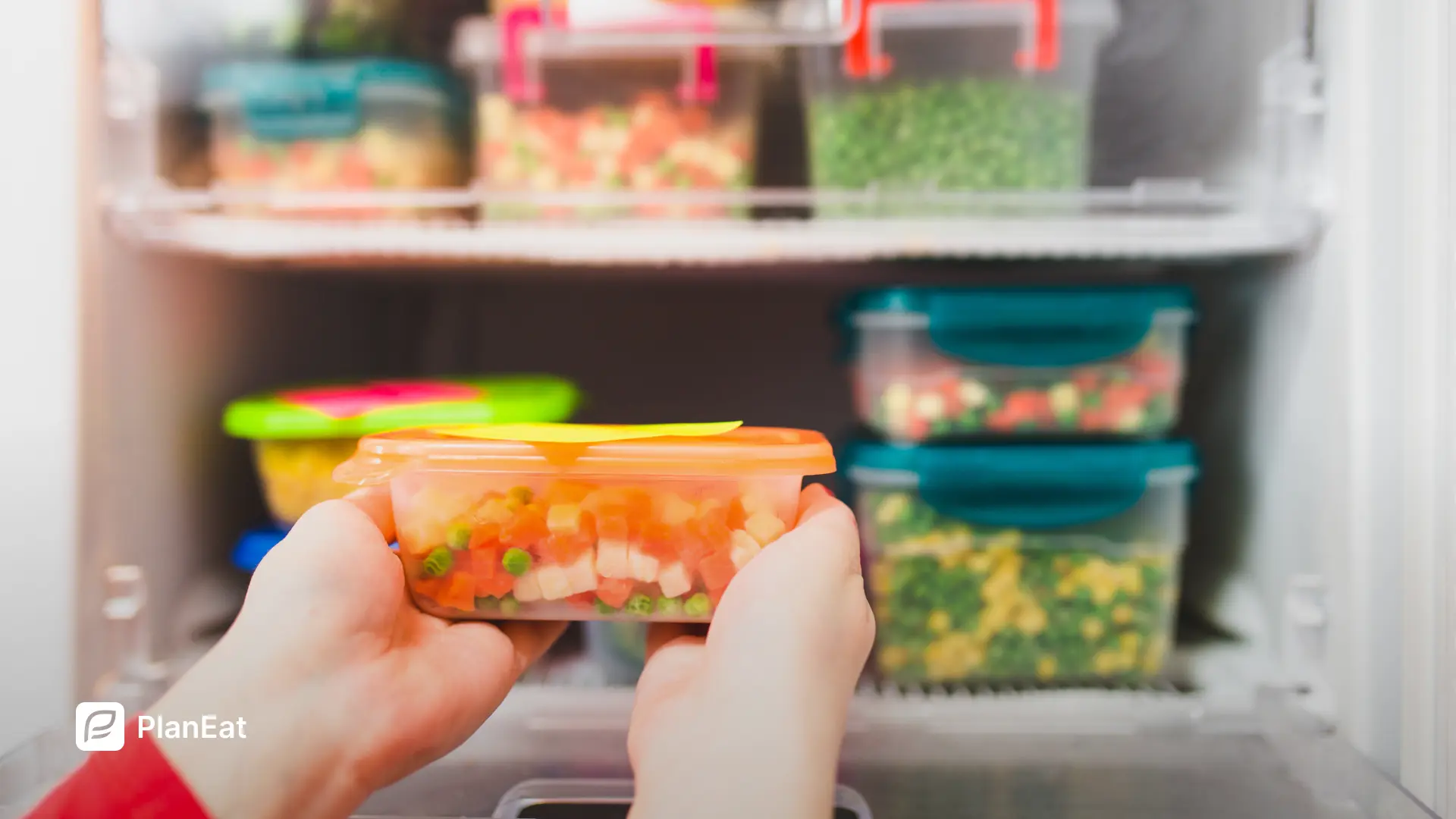
.webp)
.webp)
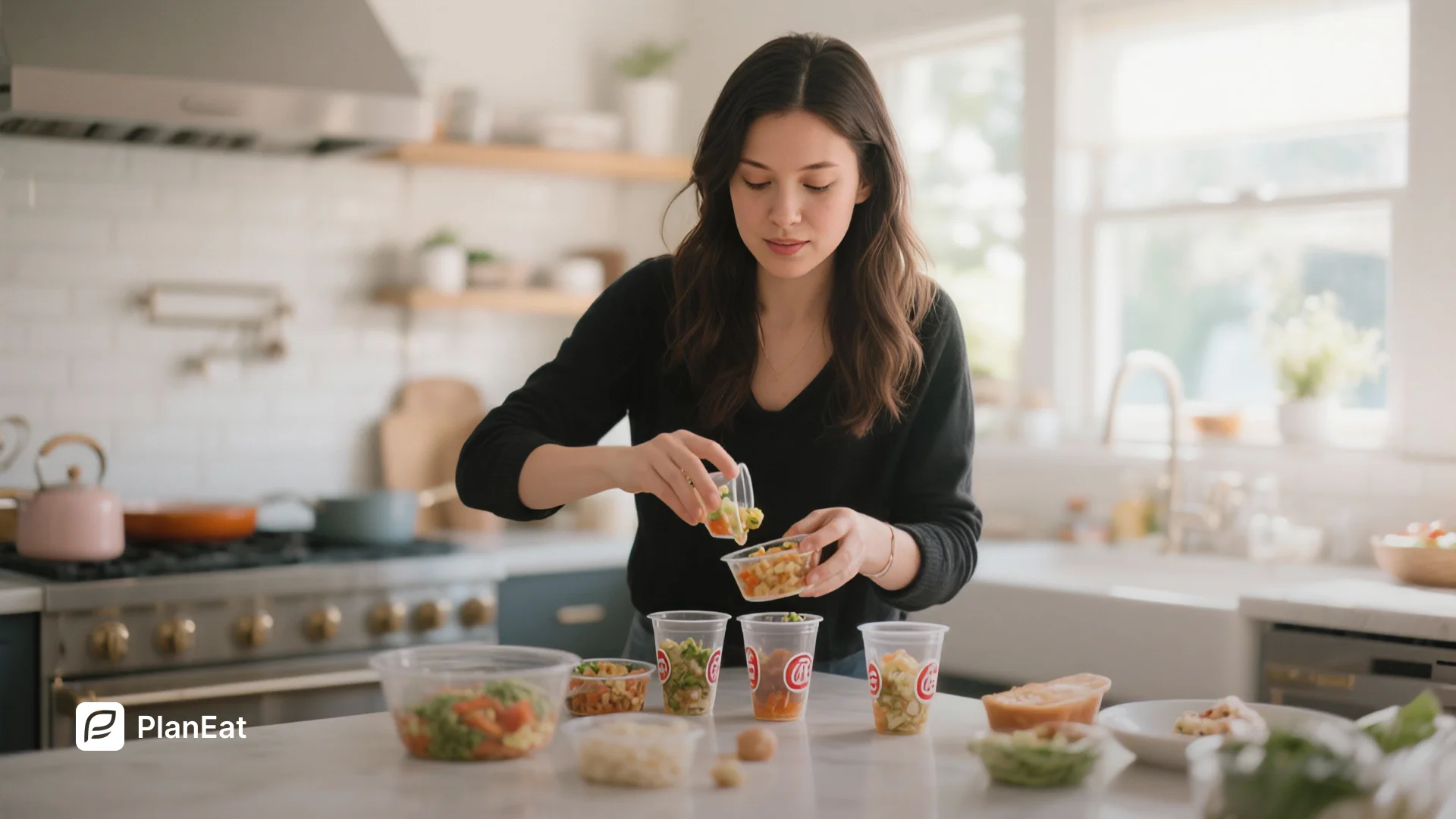
.webp)
.webp)
..webp)
.webp)
.webp)
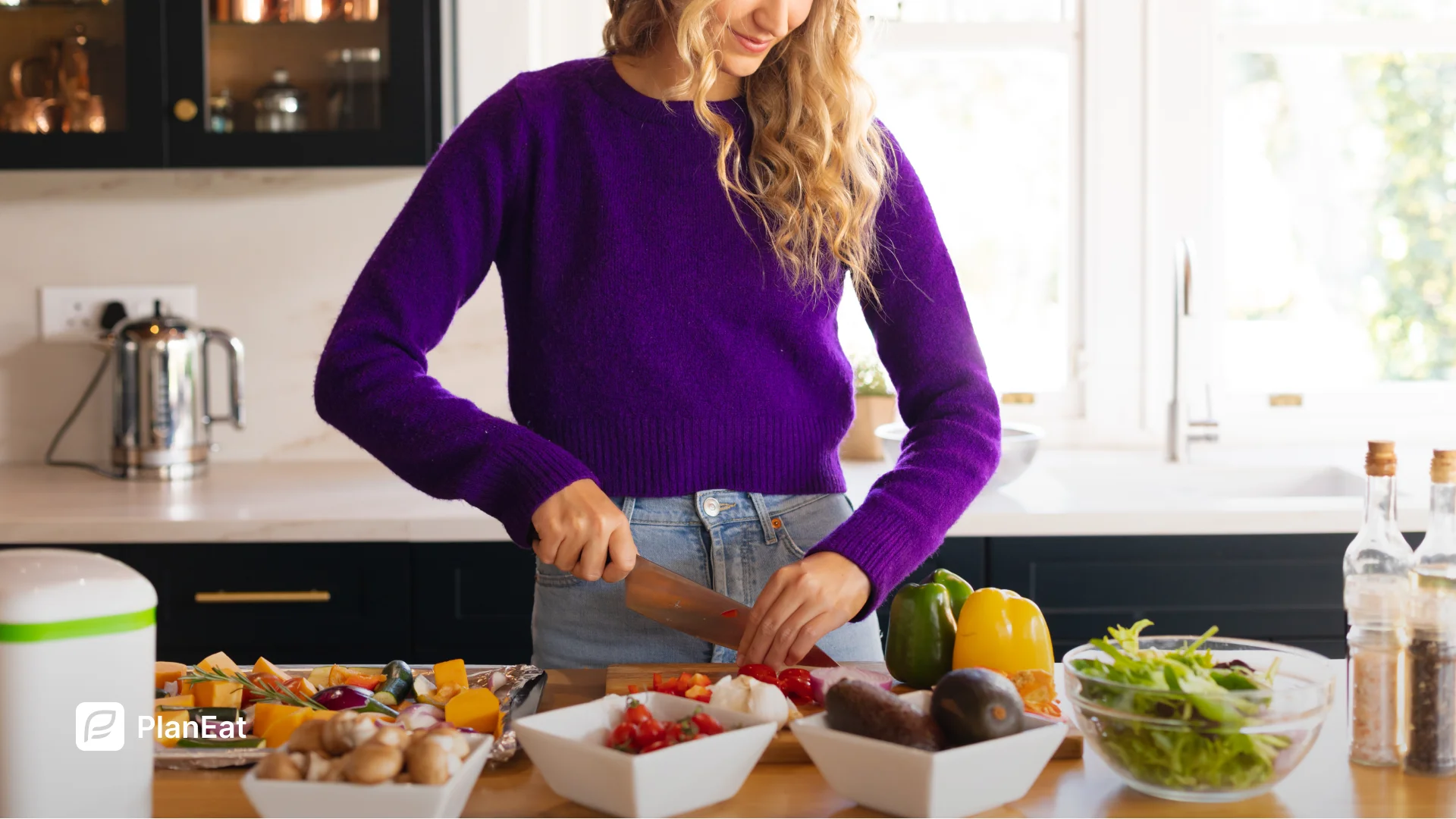
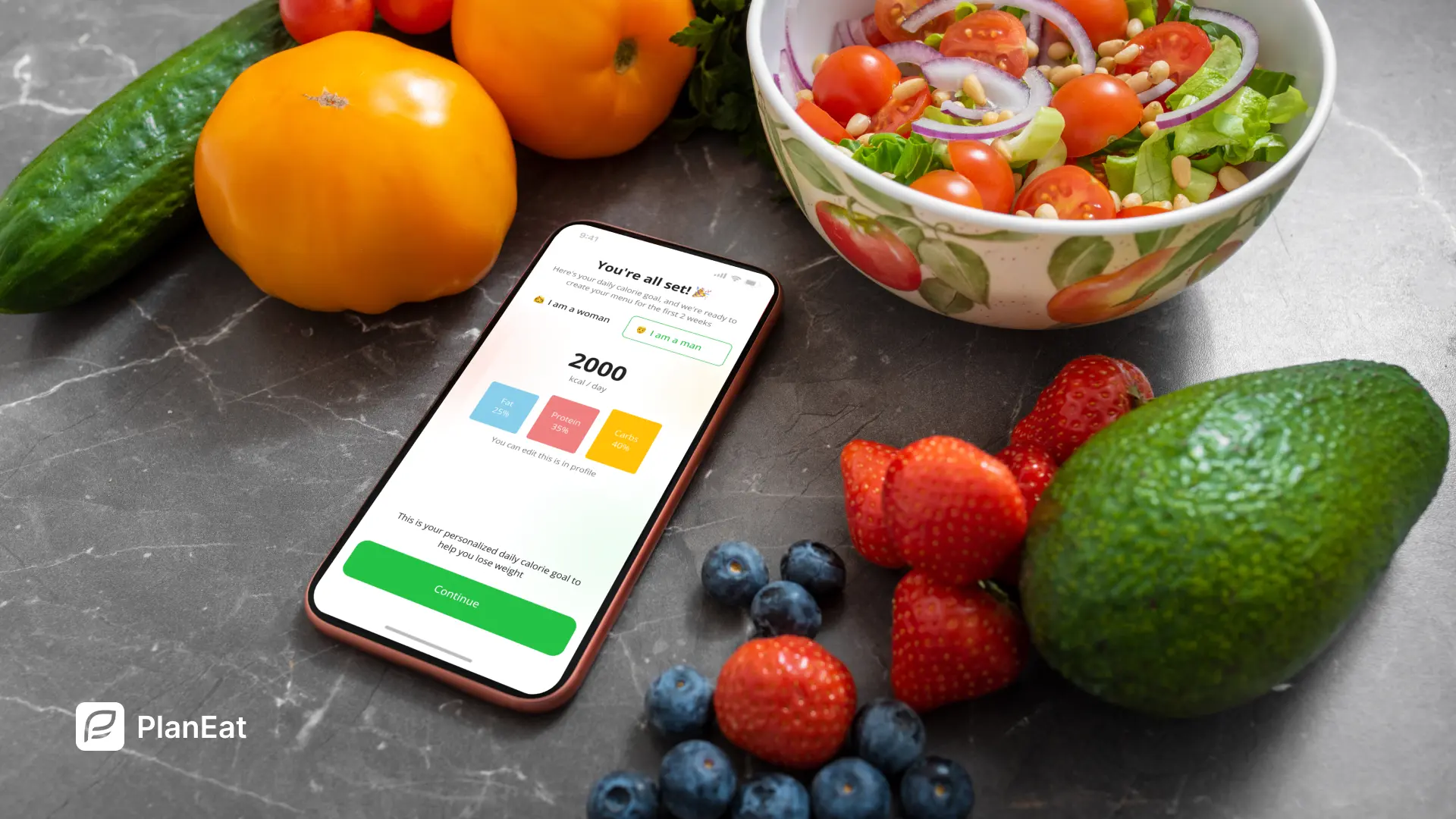
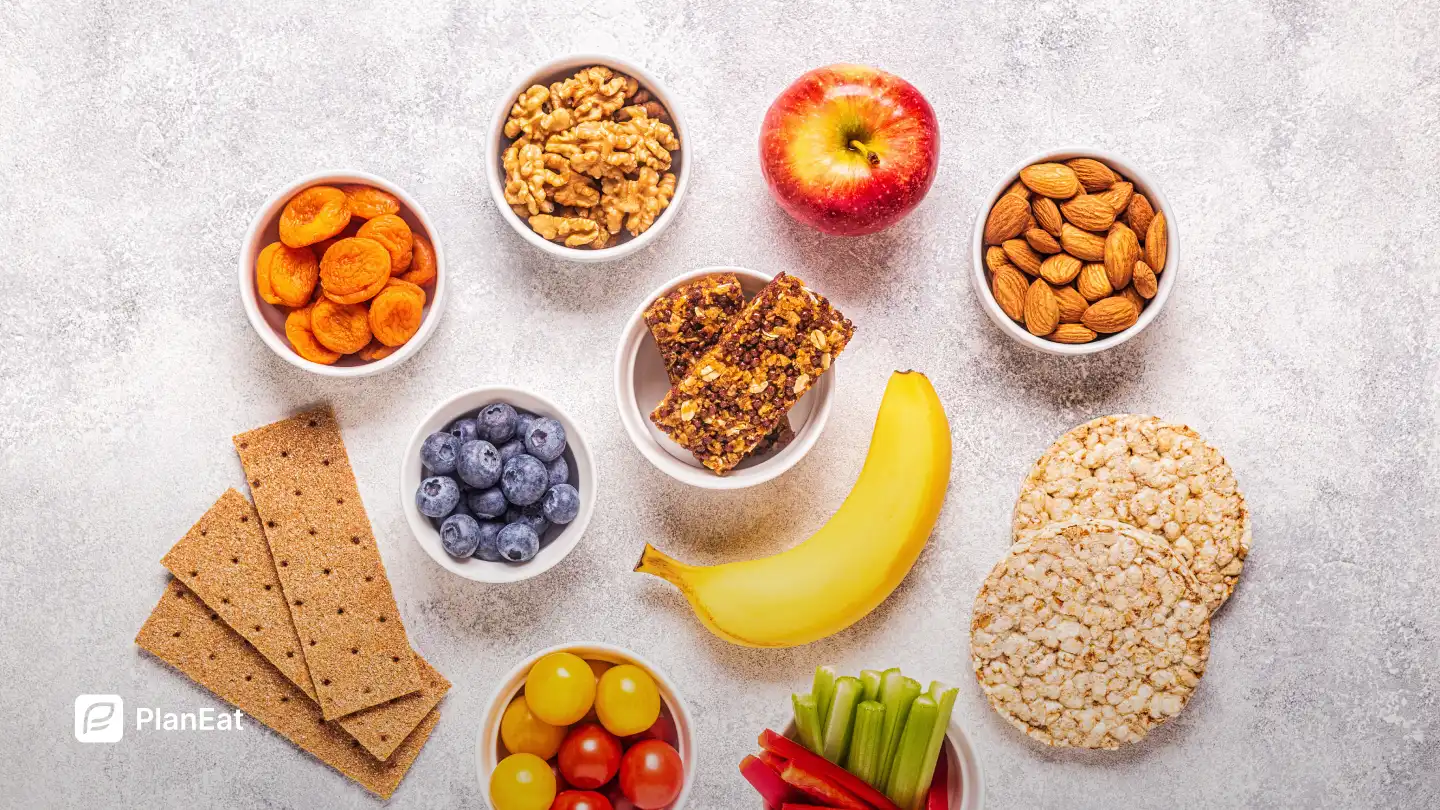
.webp)


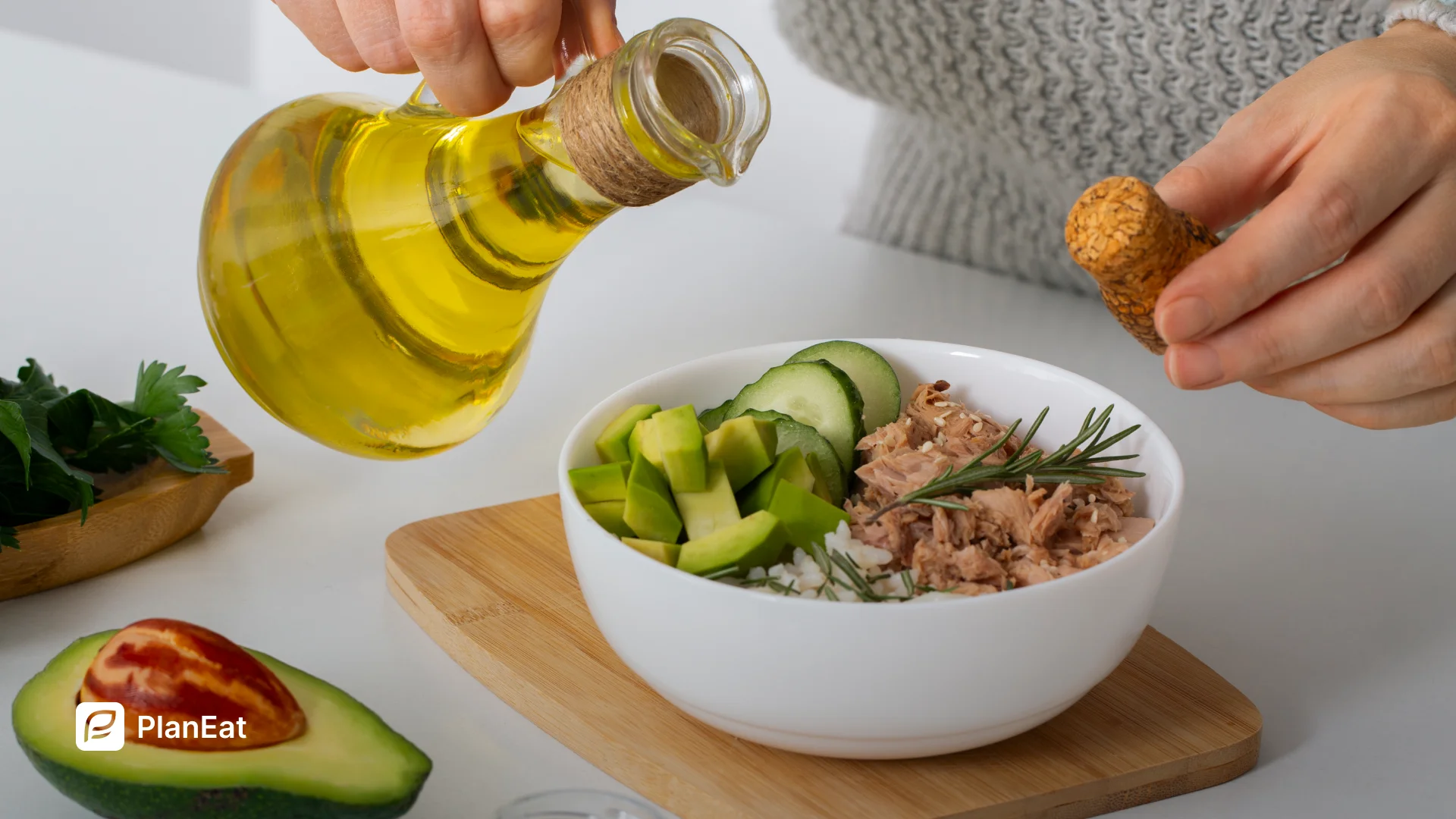



.webp)
.webp)
.webp)
%20%2B%207%E2%80%91Day%20Menu.webp)
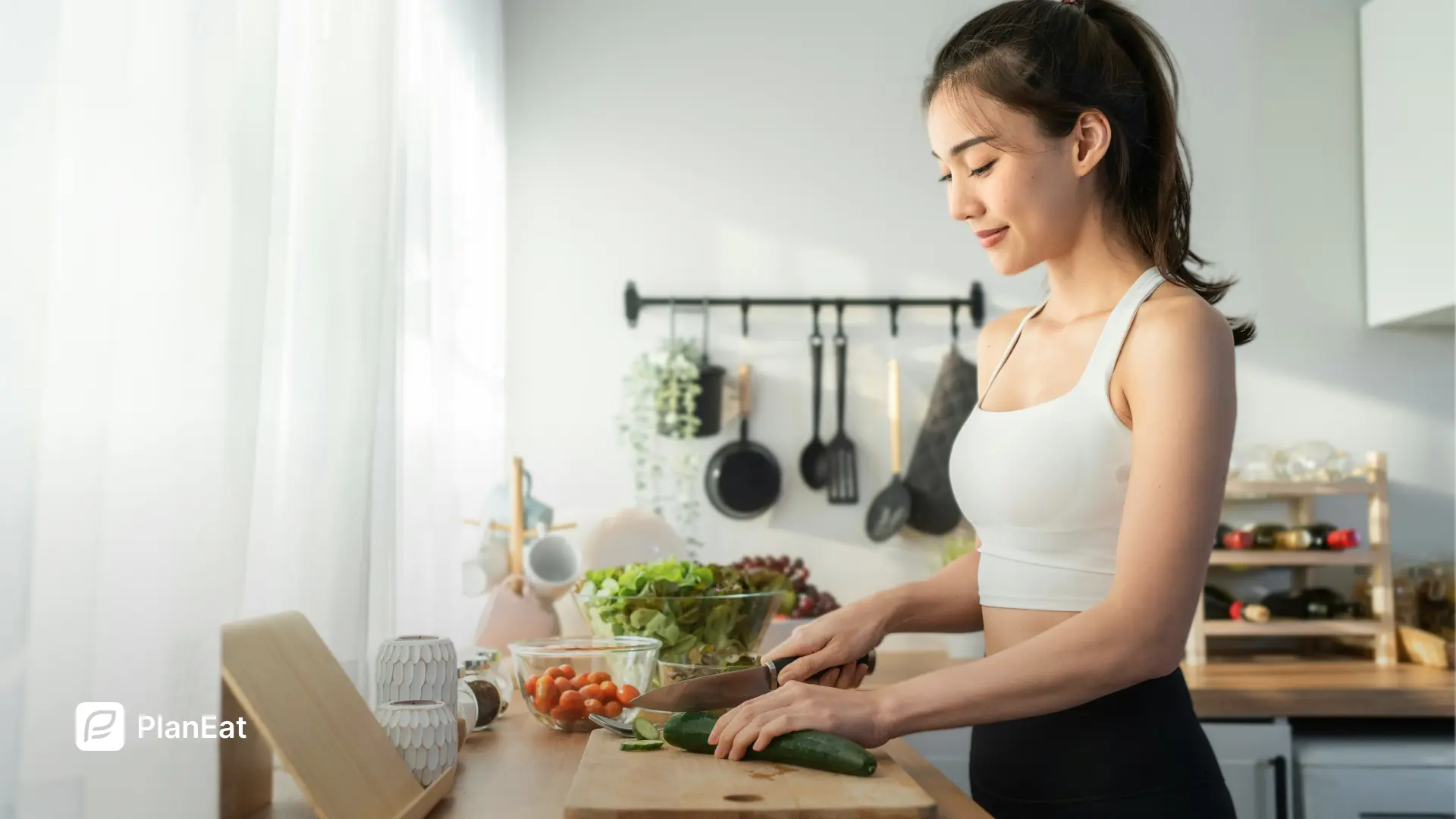



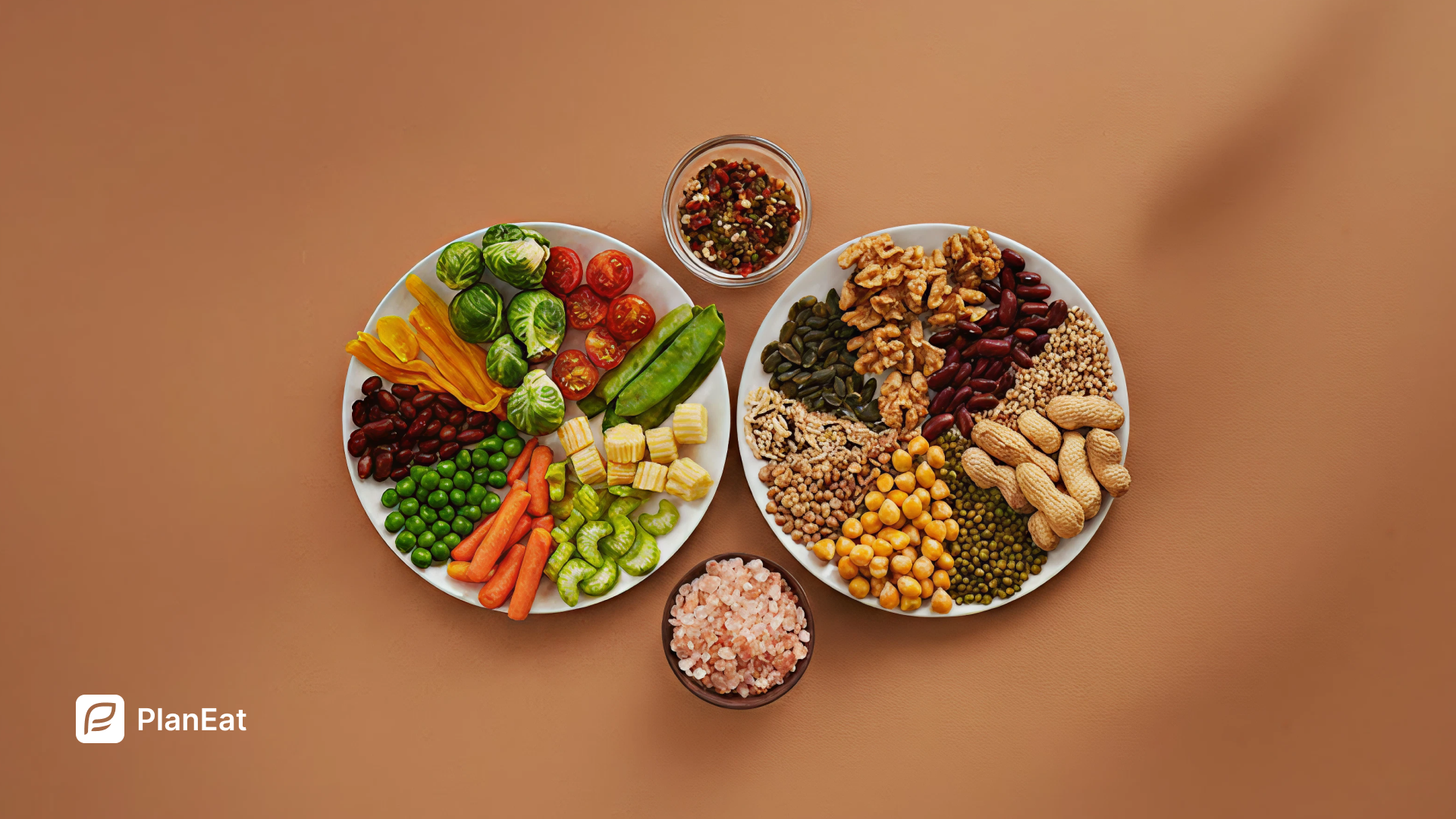
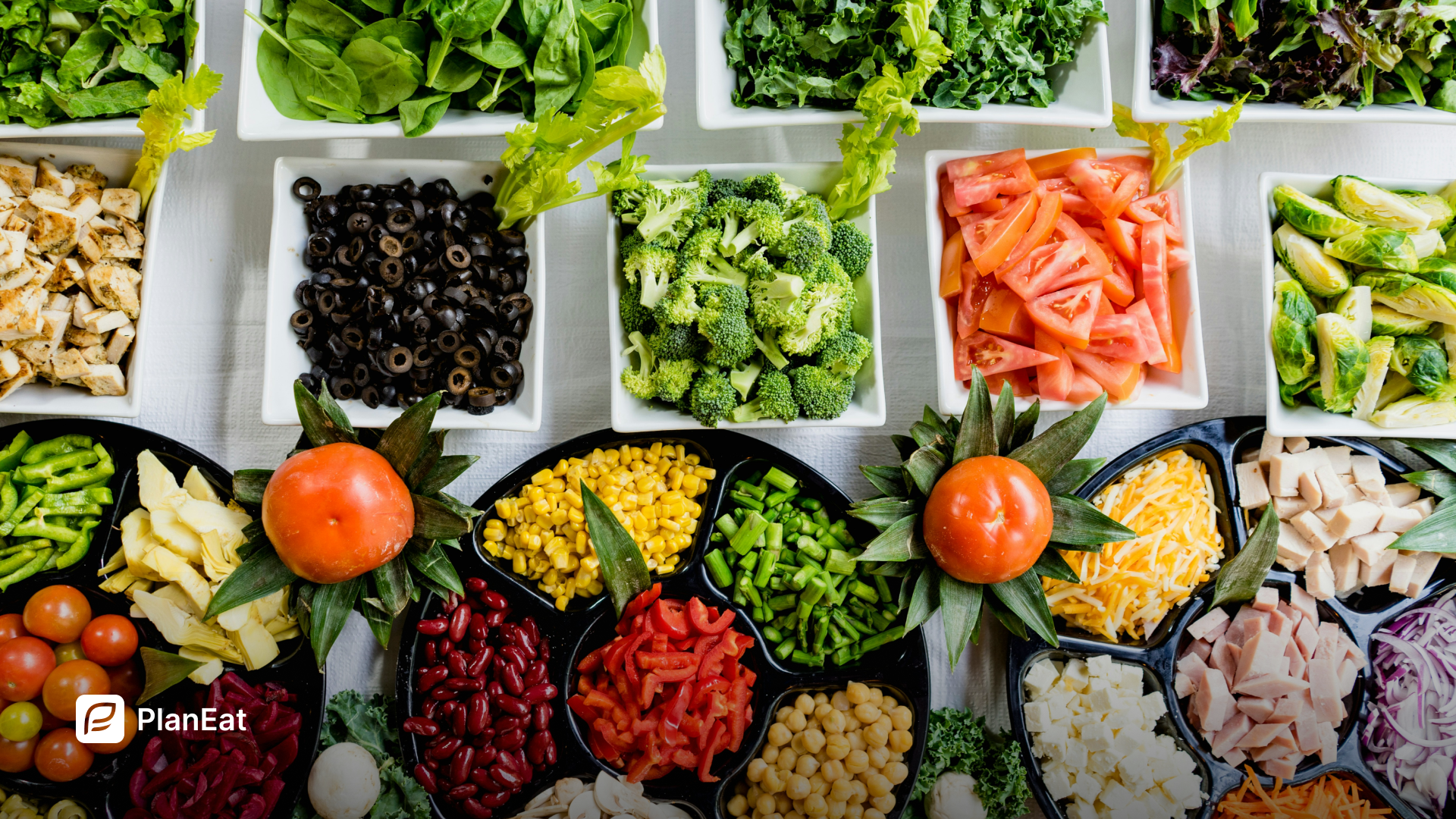
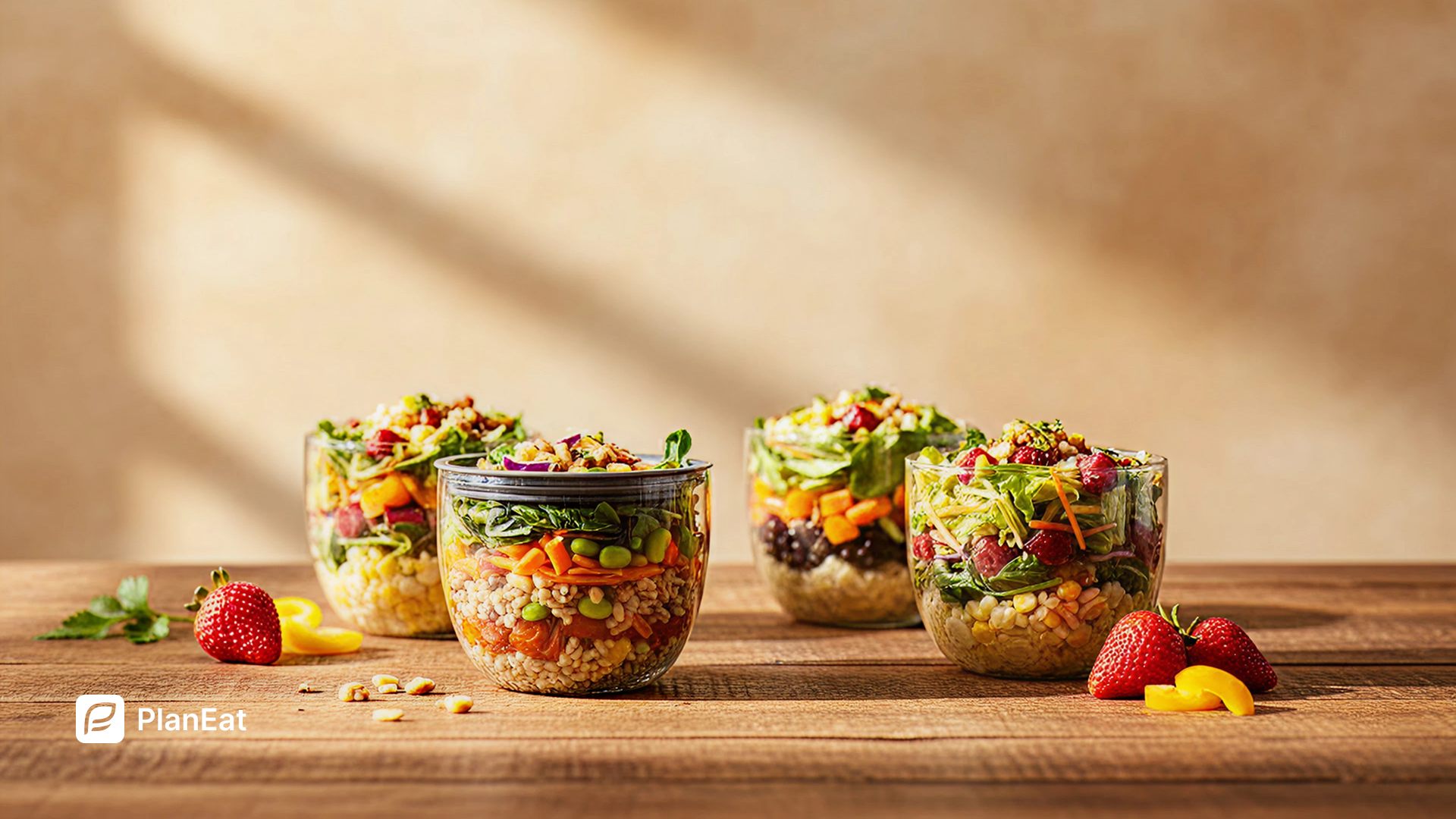

.webp)
